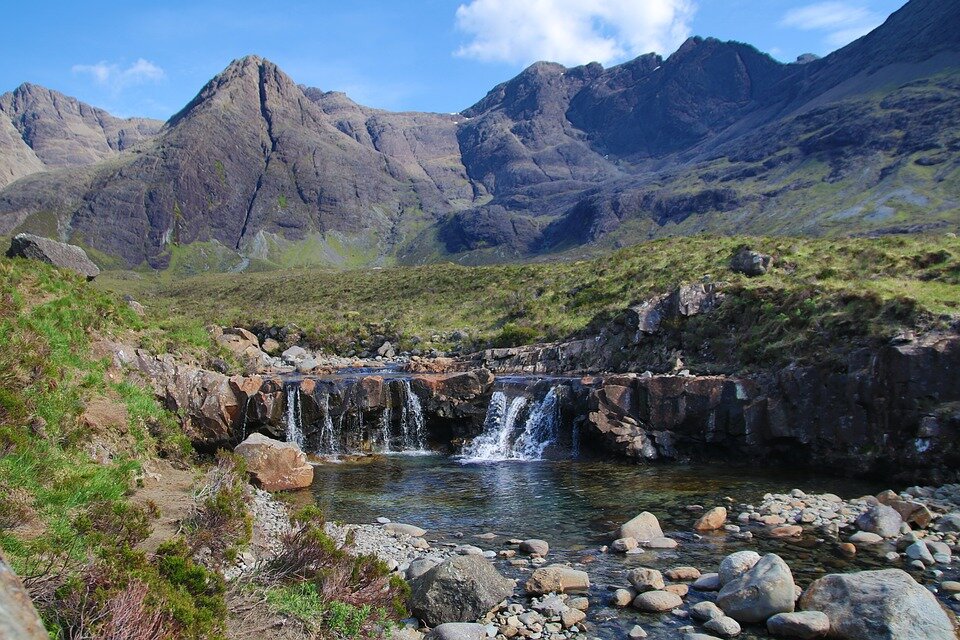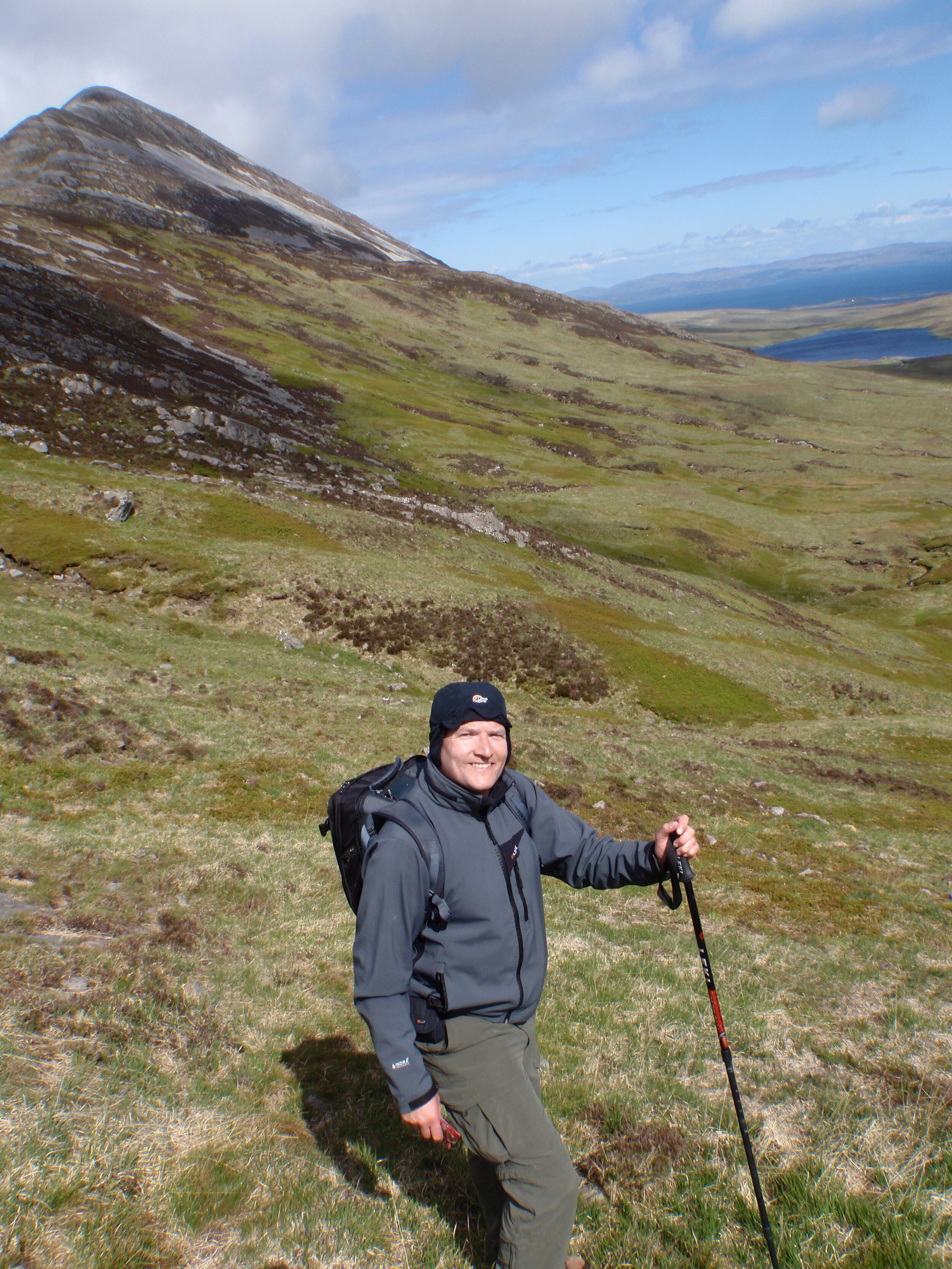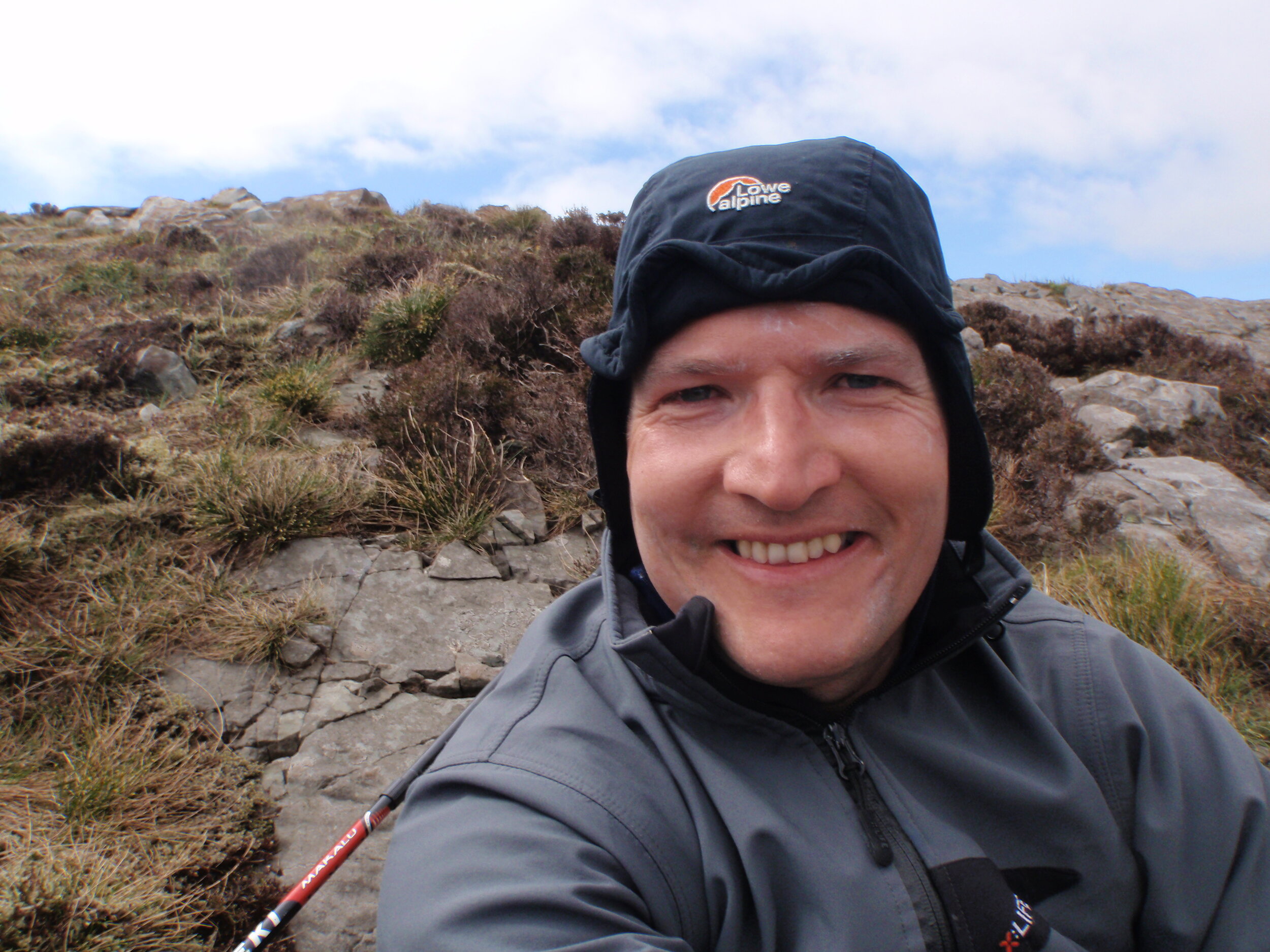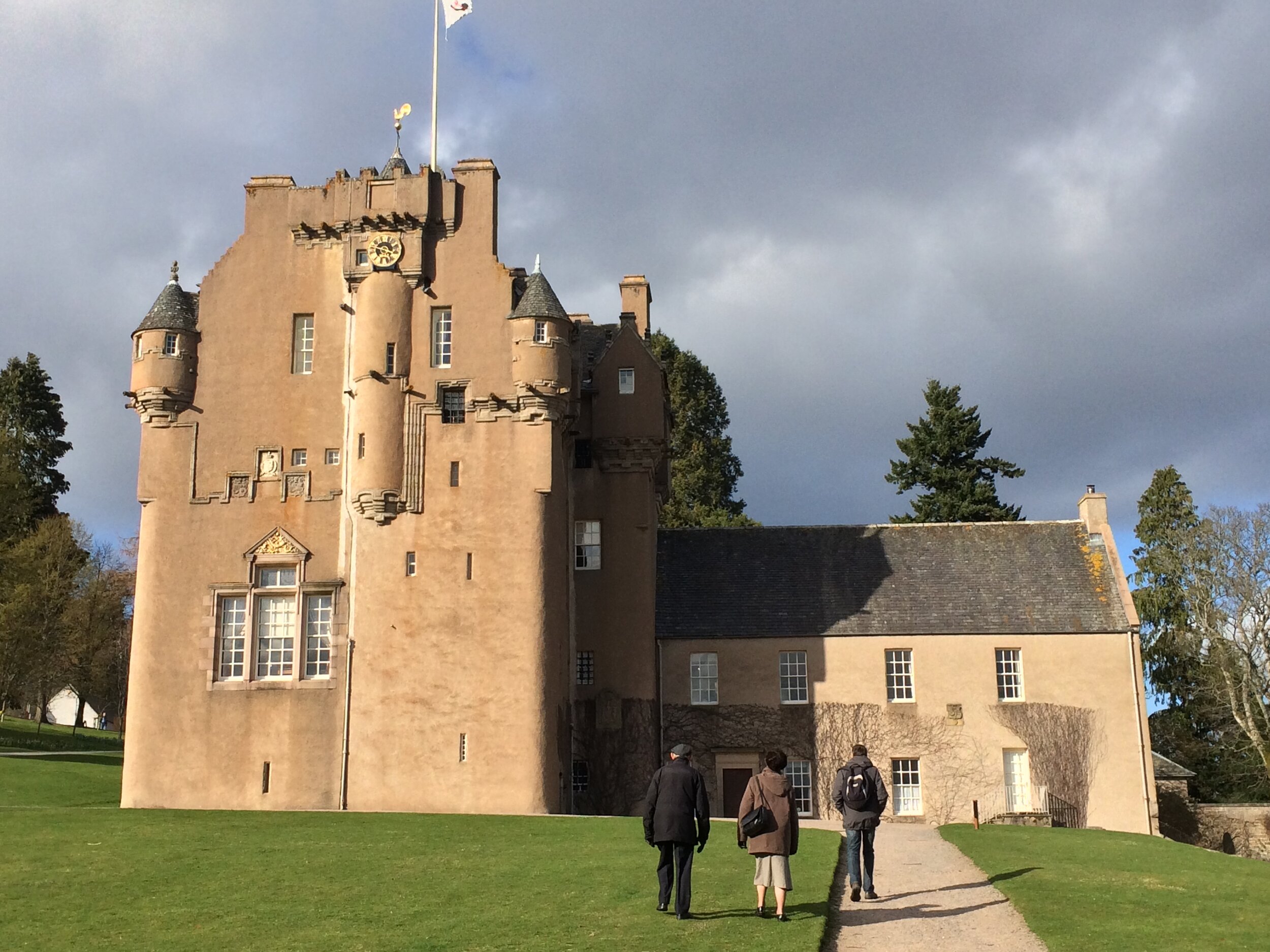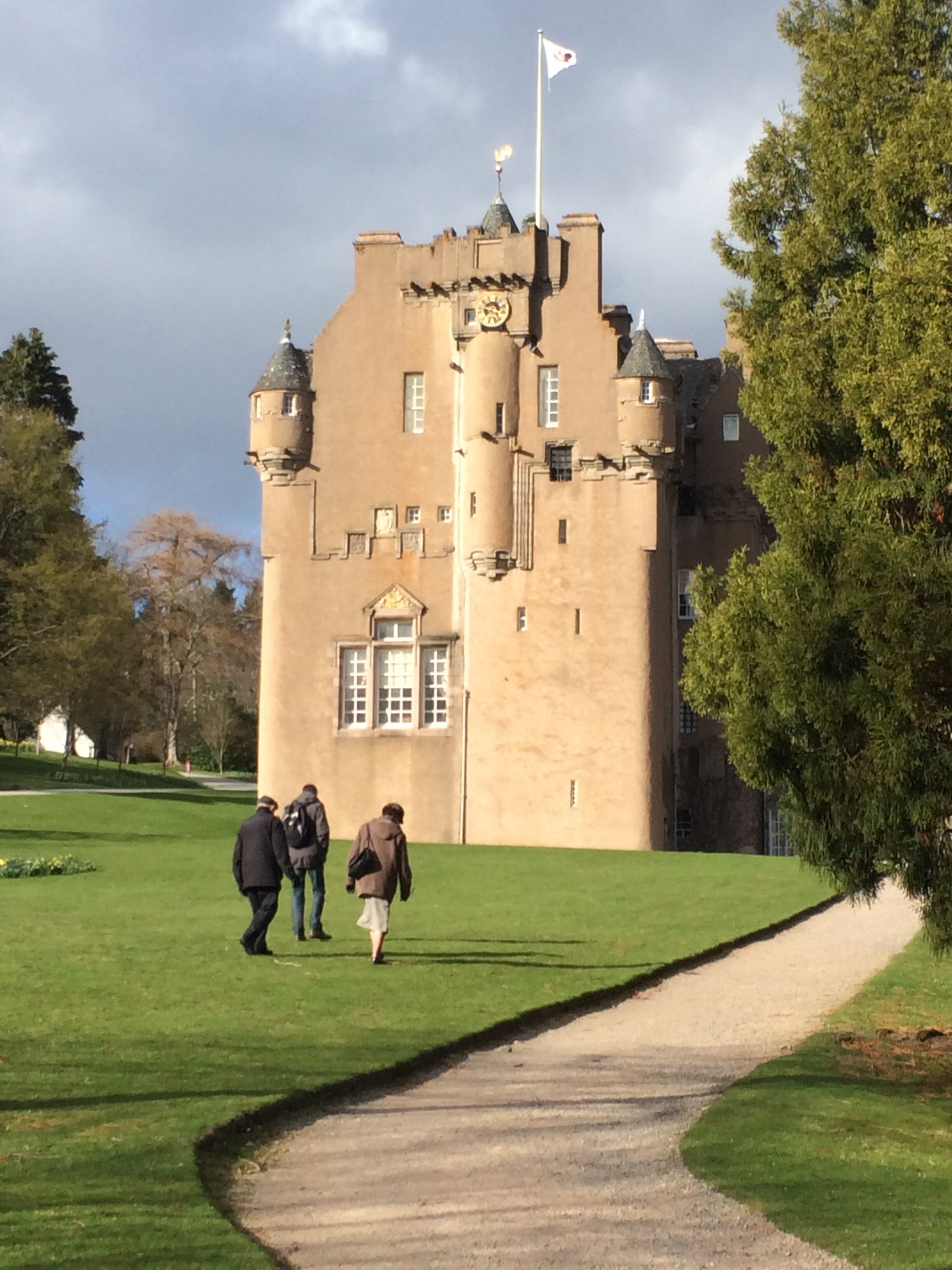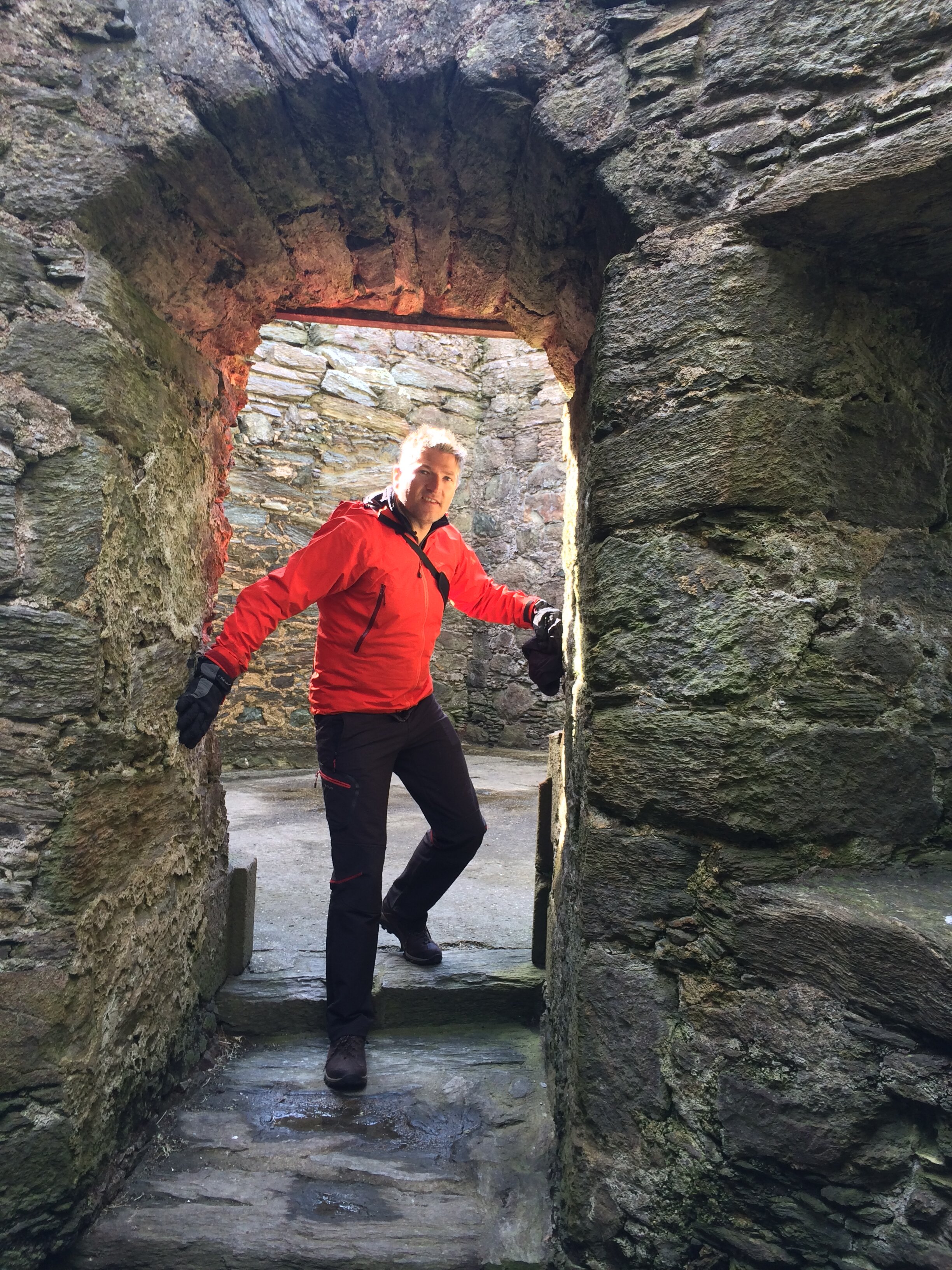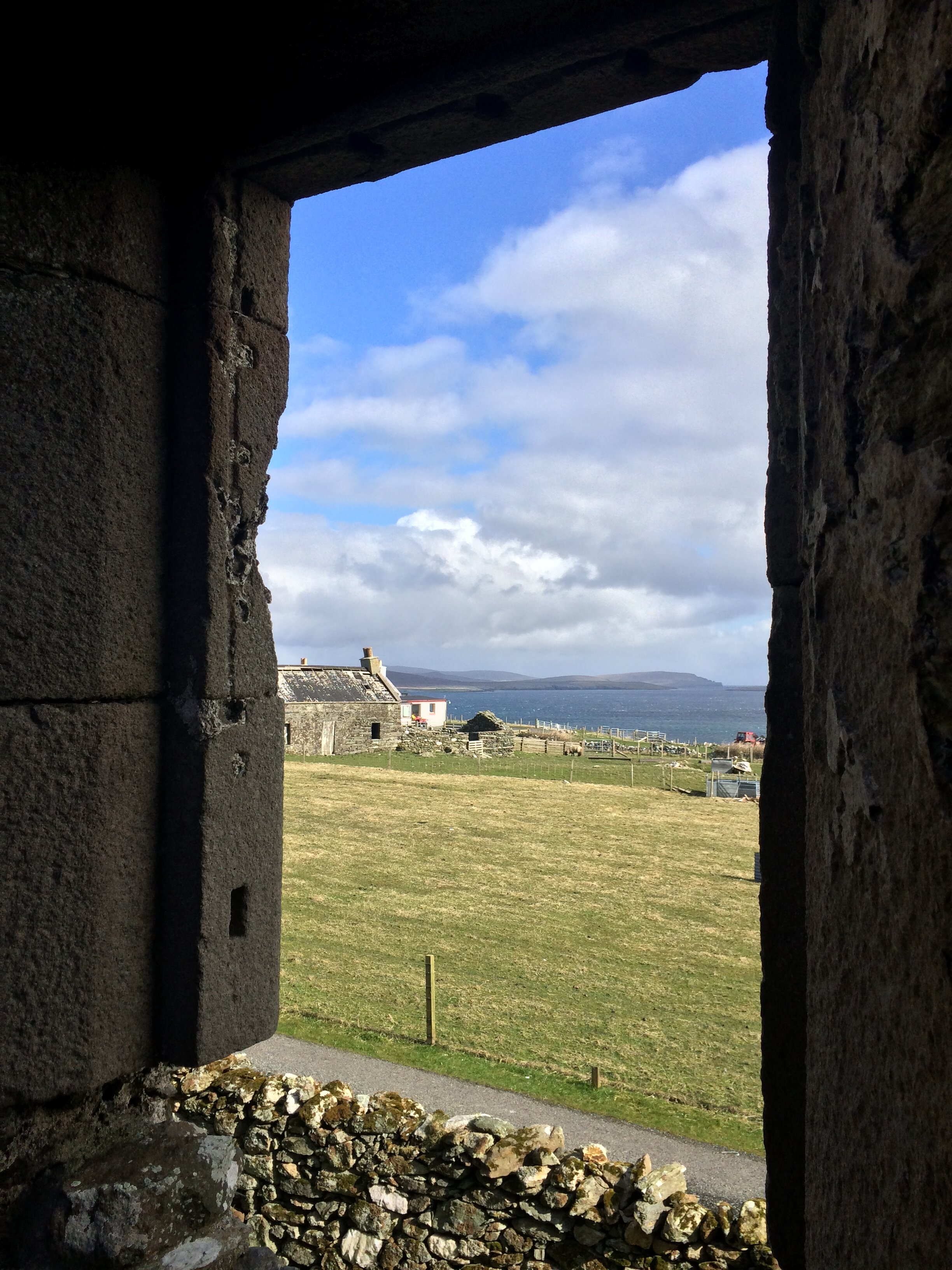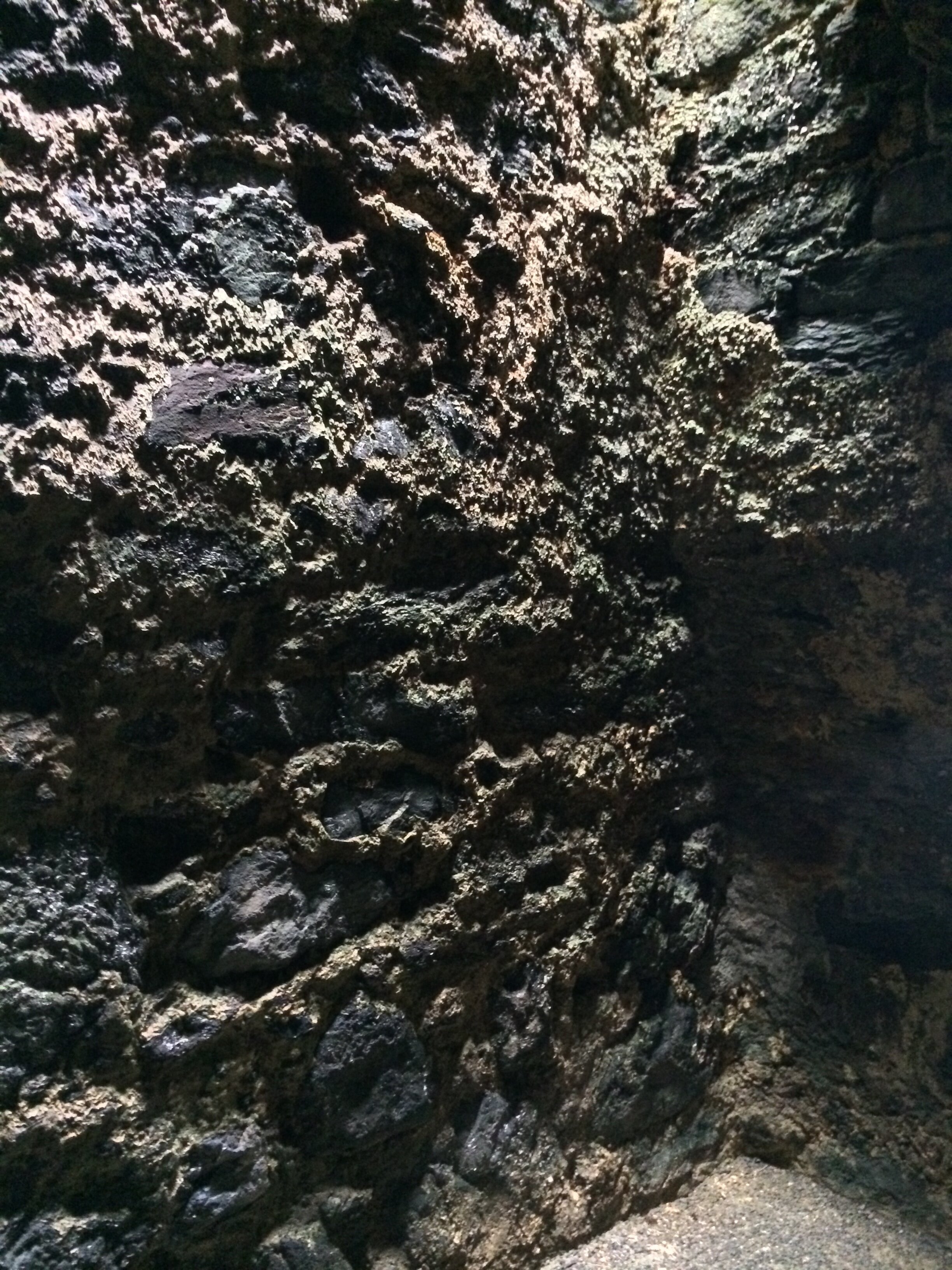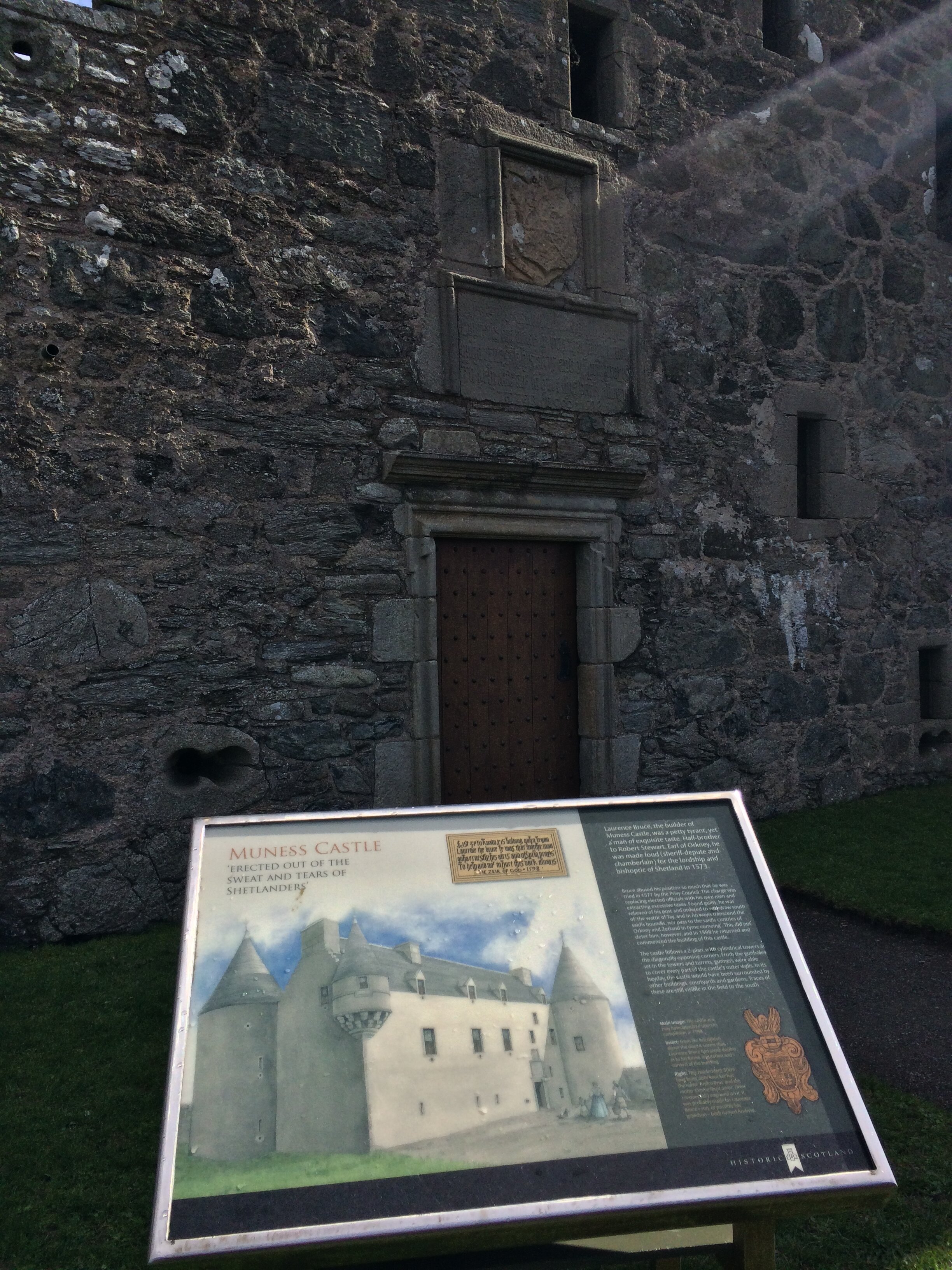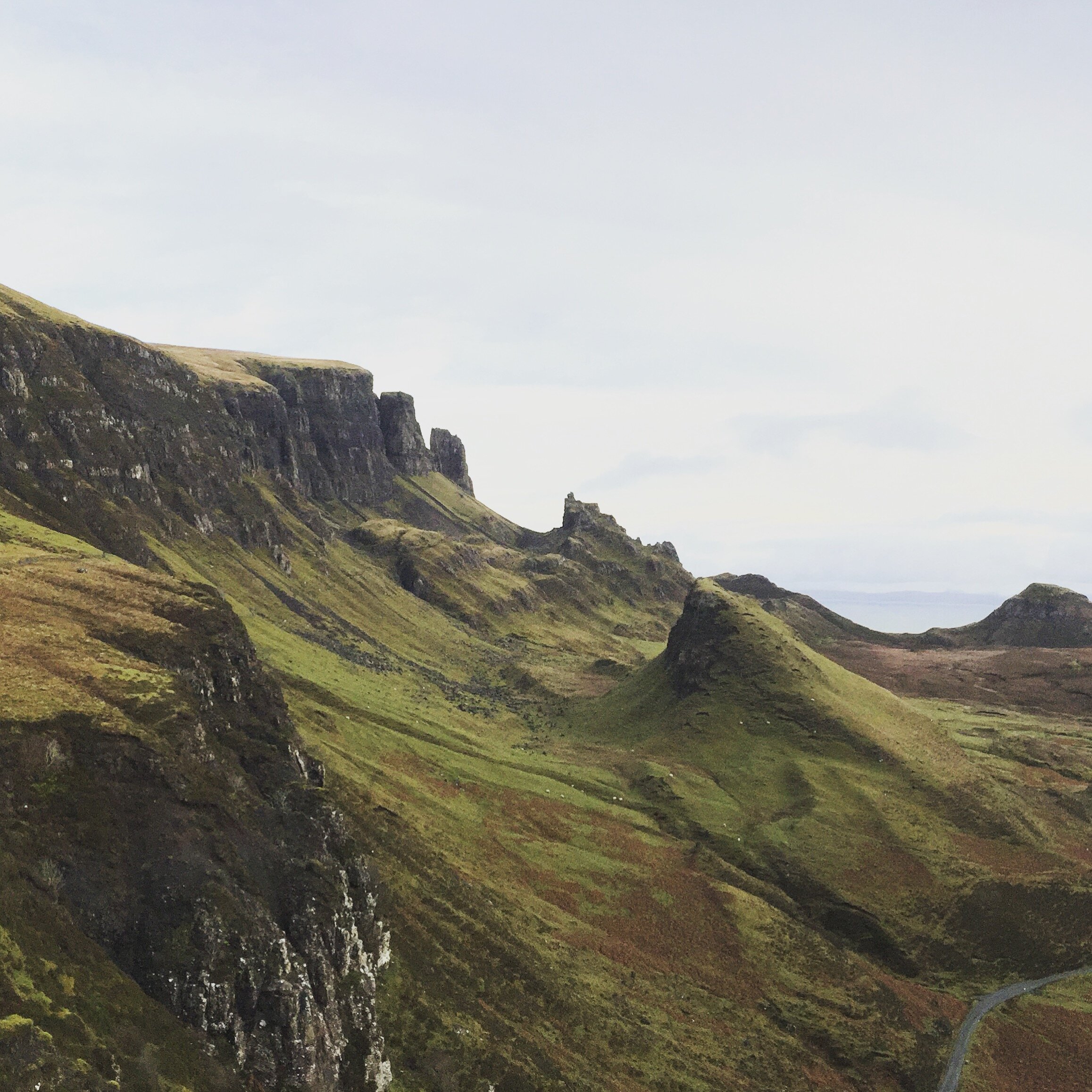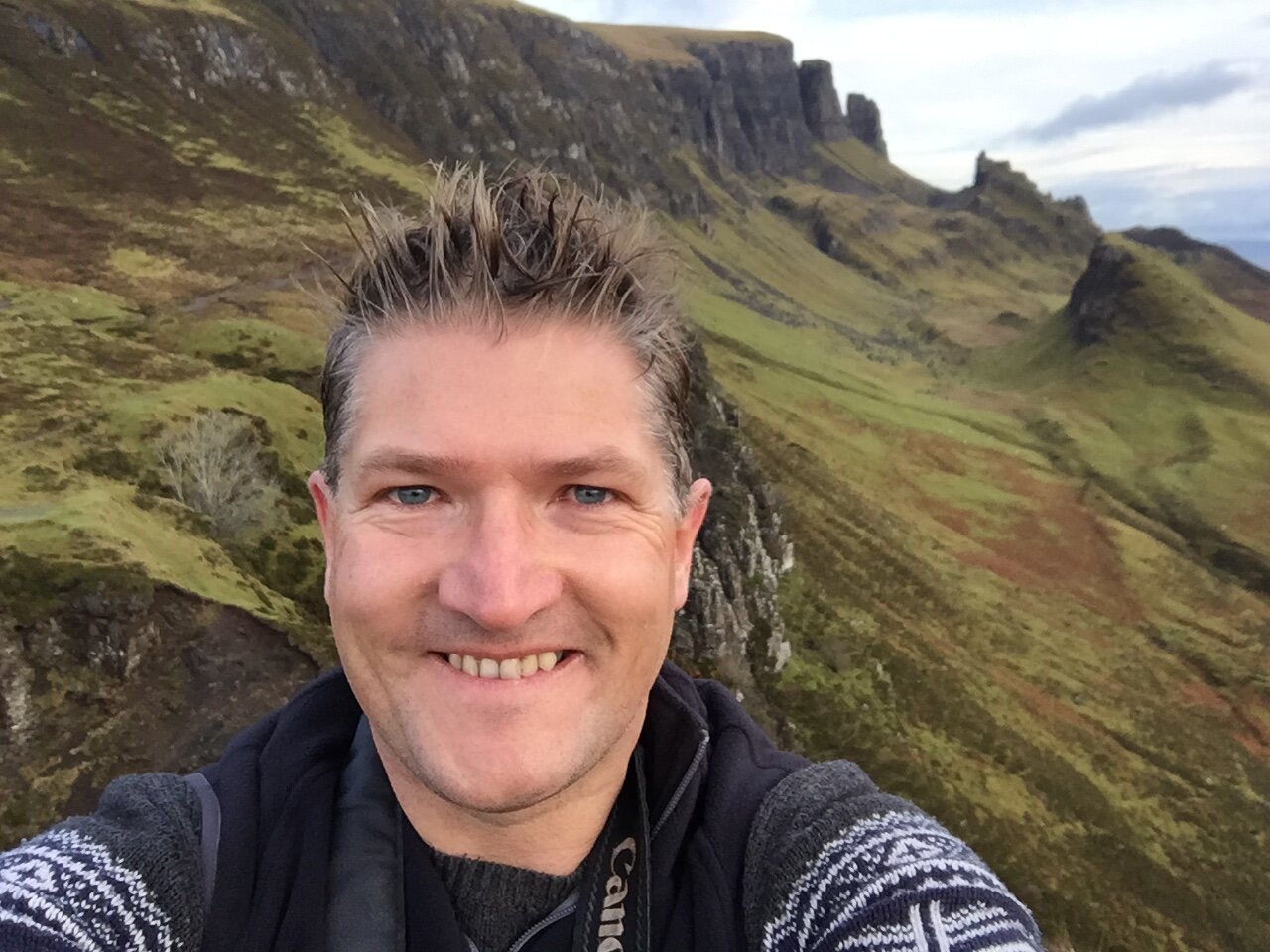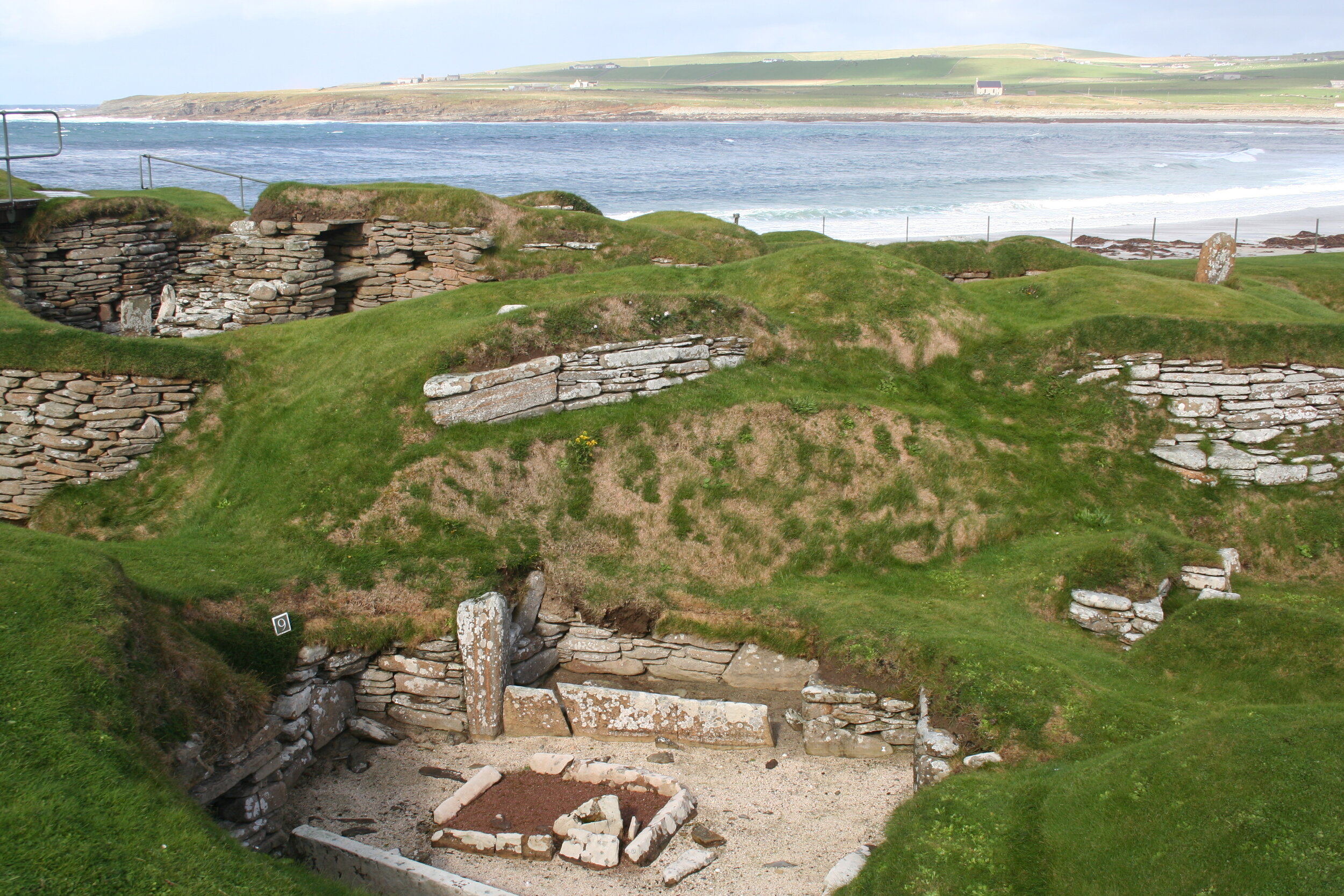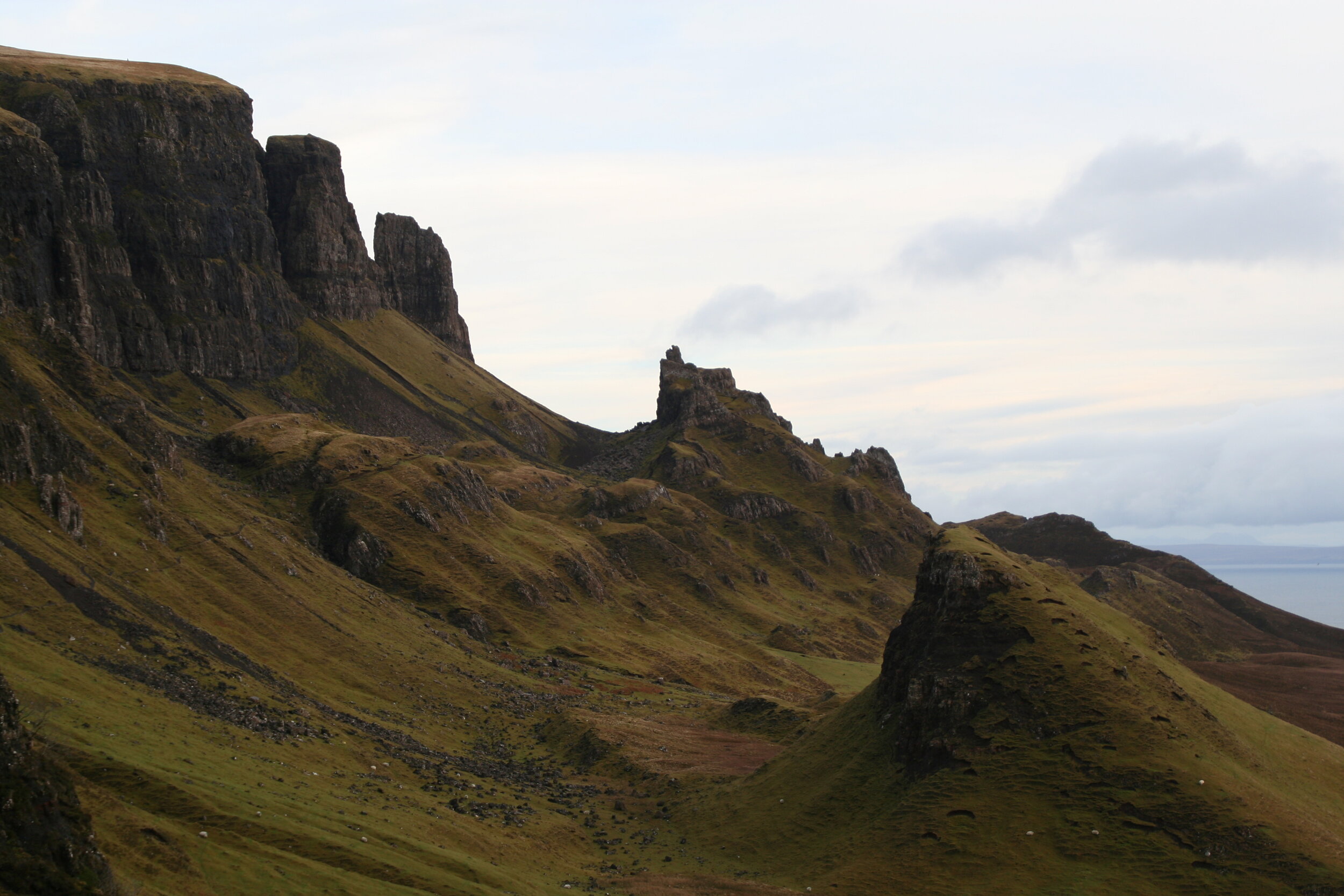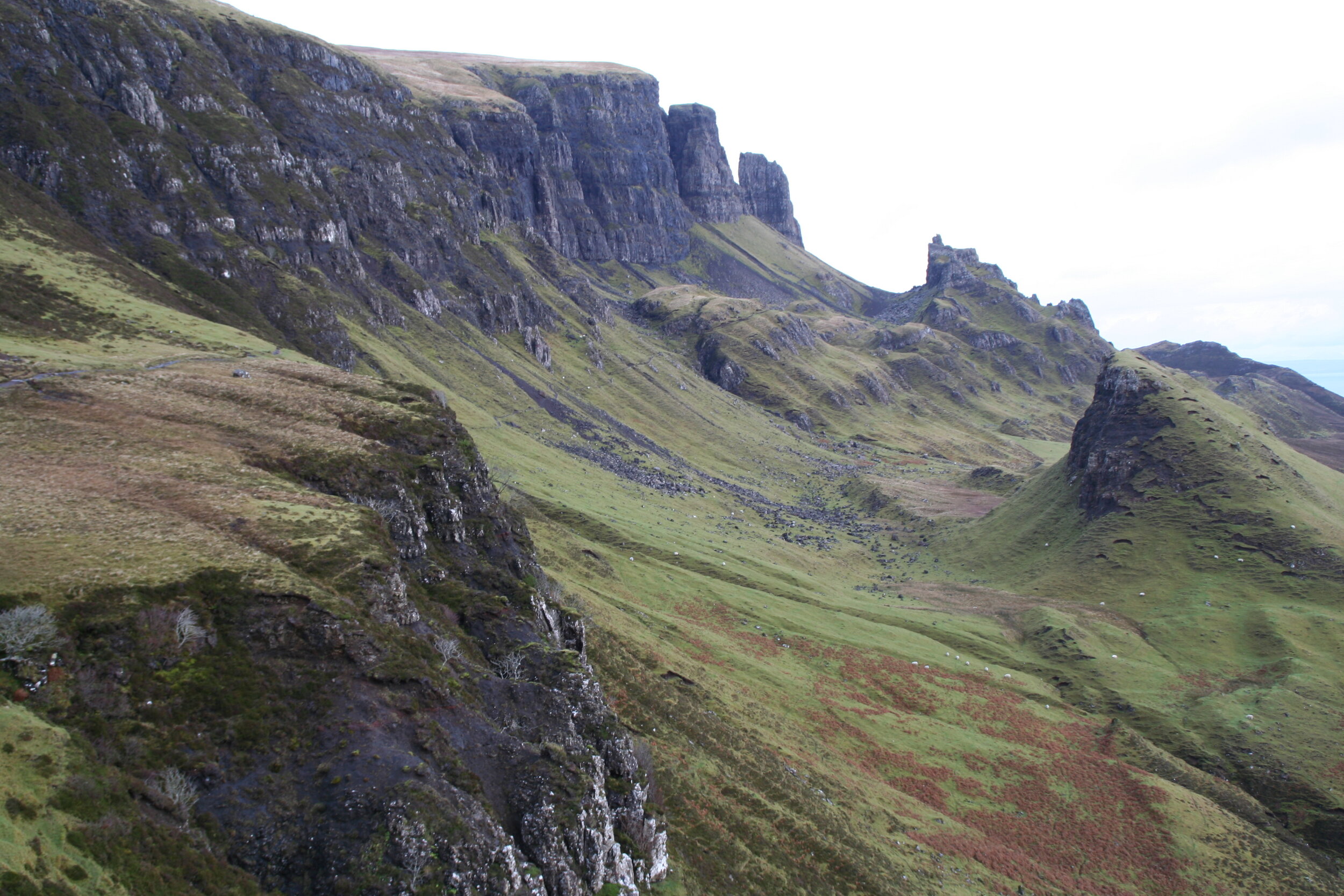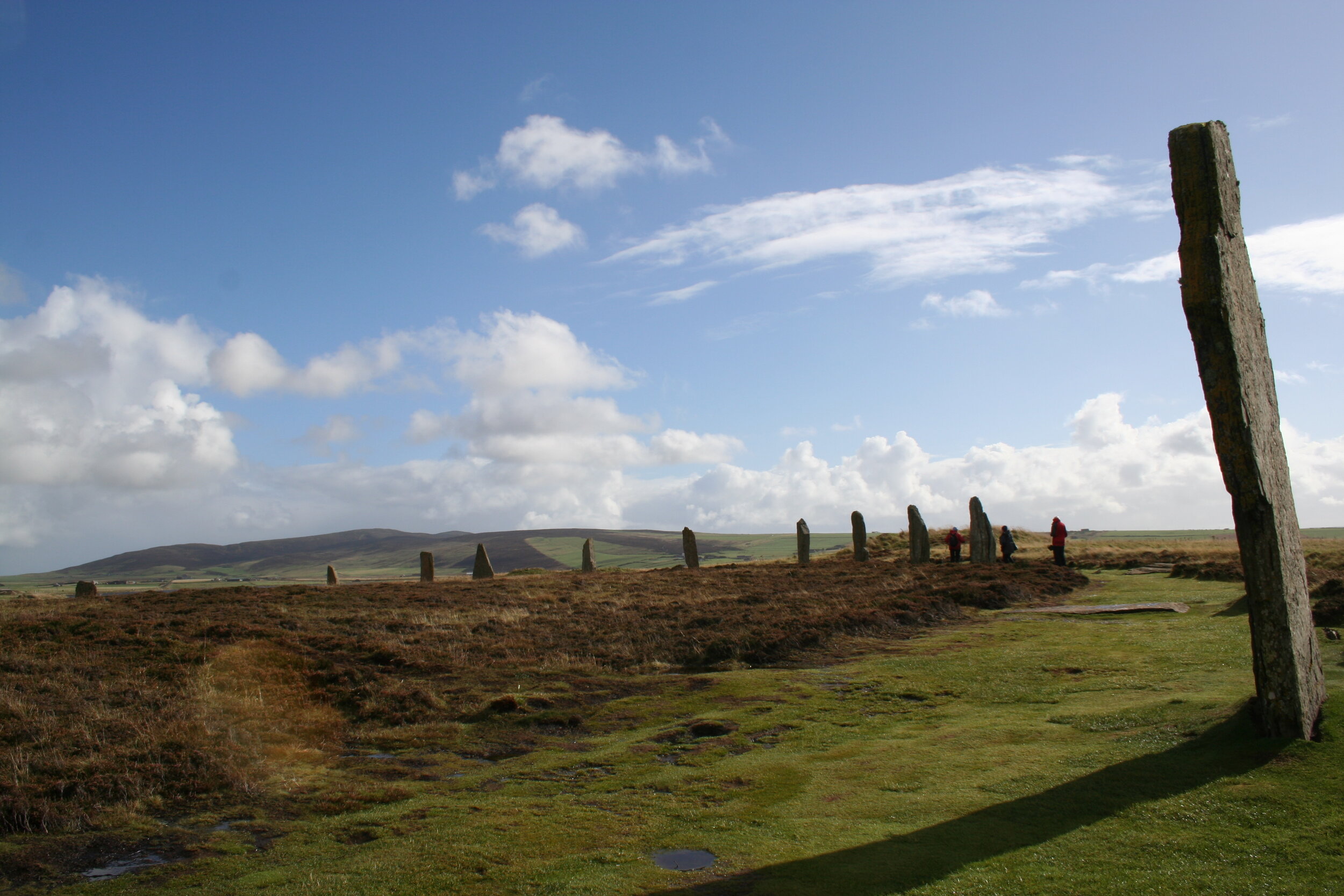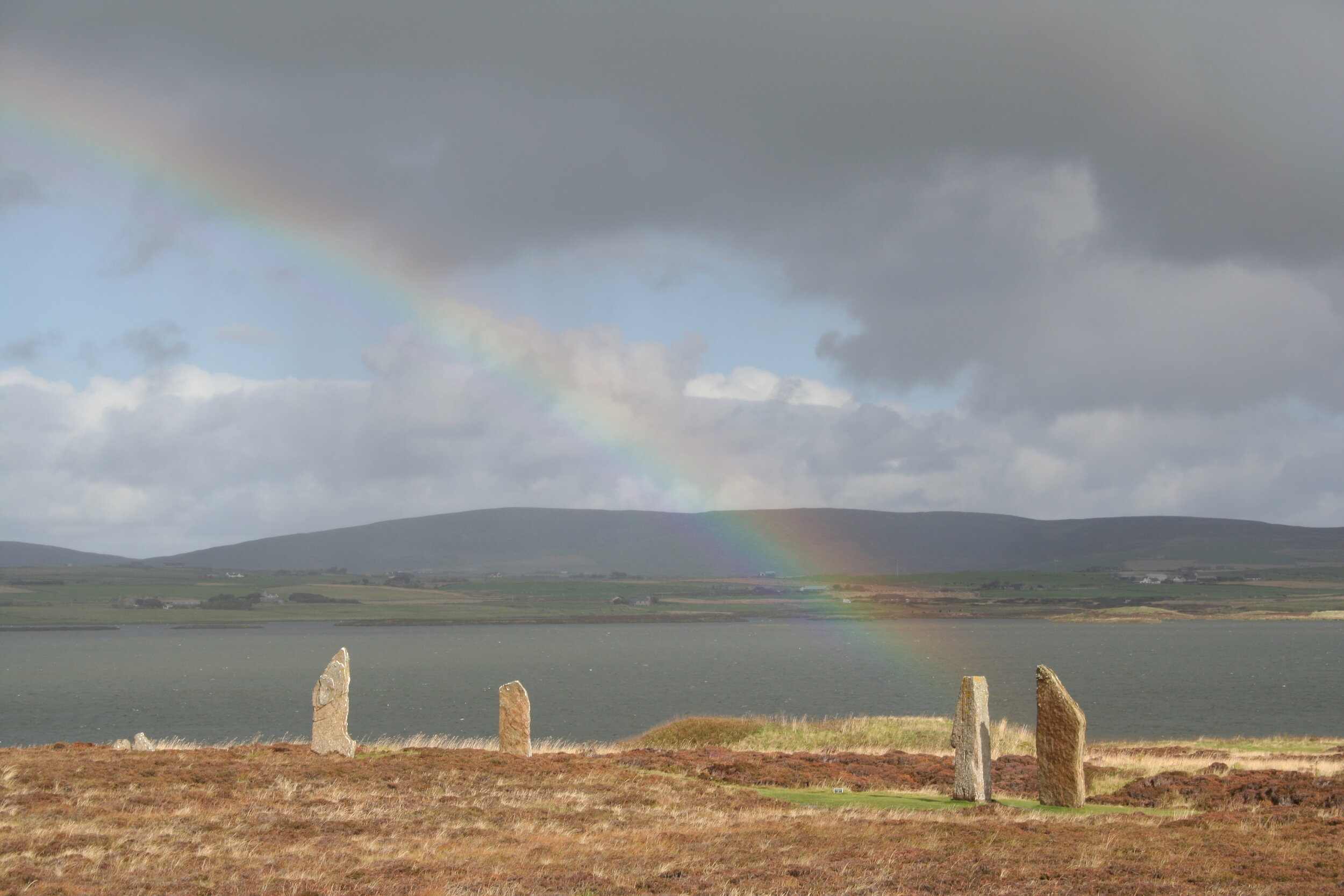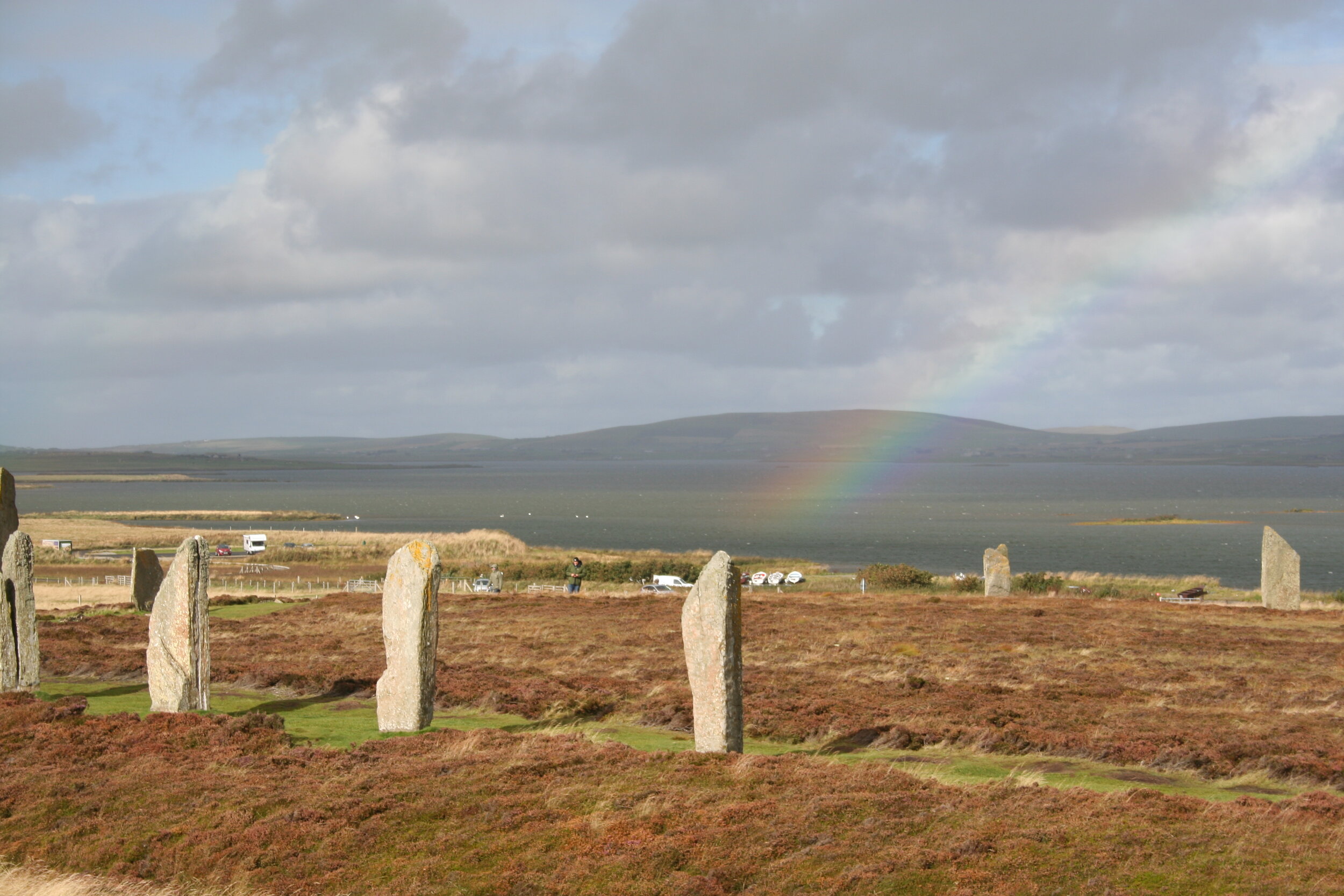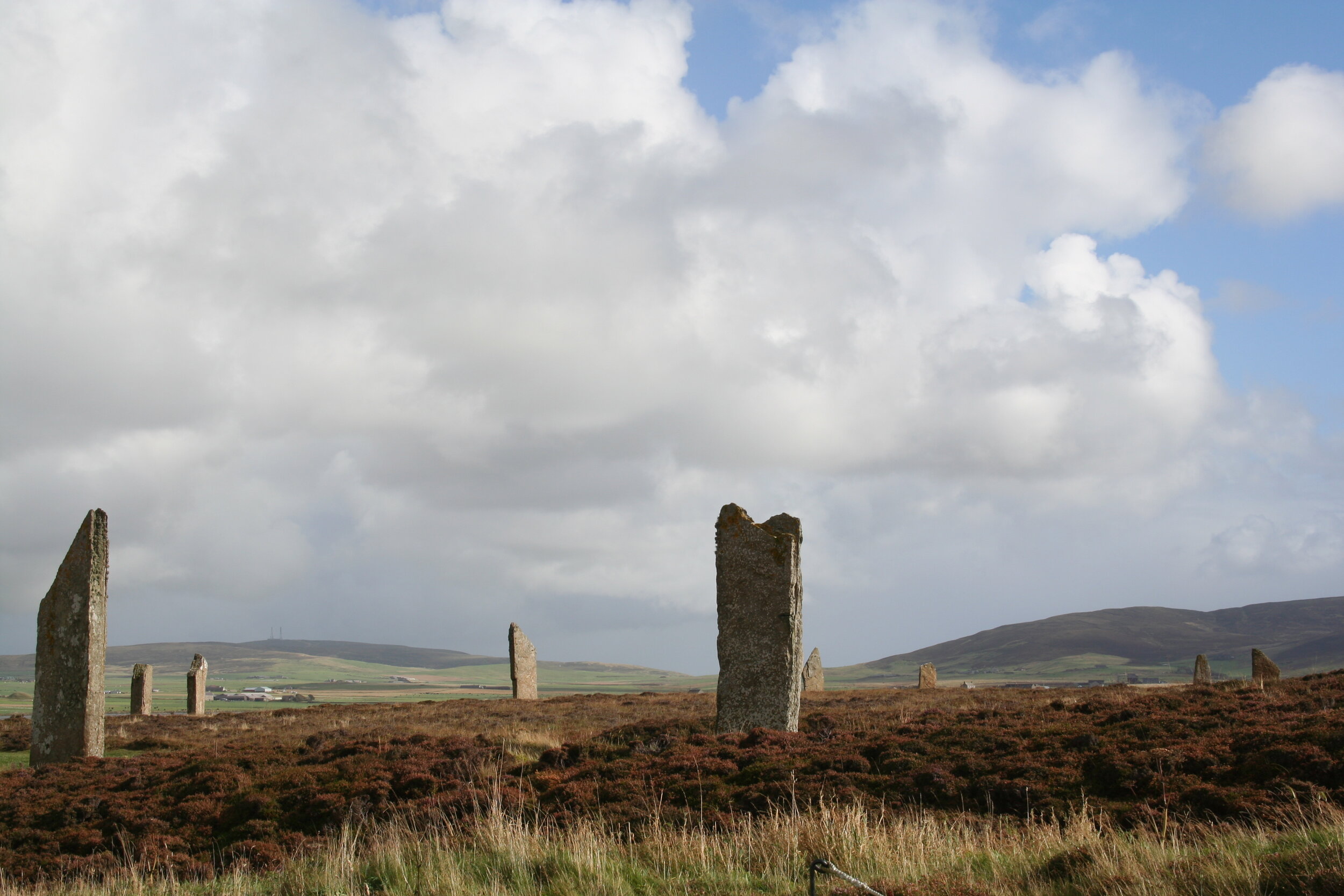Slow travel around Scotland for Samhain
From fairies to eerie dark skies, award-winning travel writer, Robin McKelvie, is here to give us tips on spooky season in Scotland.
As the nights turn darker and longer in Scotland, the ghosts and ghouls come out to play. The shadows stretch out and the tales turn taller in the season of Samhain and Halloween. Scotland, after all, is the country of Jekyll and Hyde, of real-life Bodysnatchers; a shadowy land where past and present constantly intertwine – no wonder Diana Gabaldon chose Scotland as the setting for her time-travelling historical fantasy romance, Outlander. Autumn is a spooky time of year all right; otherworldly too as the dark skies bewitch you into looking beyond our world in search of others in the heavens. In this land of wandering souls and lingering shadows, you’ll still also find peace and solitude away from the summer crowds.
This special night on October 31 has always been a huge deal in Scotland long before the creeping crawl of American consumerism into ‘Trick or Treat’ culture across the UK. It began life as the Celtic Samhain celebration, which was held in November, but over time this has largely merged into modern-day Halloween. In Scotland kids still go ‘guising’ (which has its origins in the pagan Samhain) rather than trick or treating, and literally have to sing for their sweeties, tell jokes or recite poems. Kids too often have to freeze their hands and noses ‘dooking’ for apples.
Image: Robin Canfield
Have you ever noticed the little watchtowers dotted around Edinburgh’s older graveyards? They are no flippant decor flourish, but the legacy of the nefarious days when real life ghouls Burke and Hare roamed the less salubrious streets of Edinburgh. Like most villains, they were out to make money, initially by digging up corpses to sell on to the surgeons of Edinburgh. The demand for cadavers for dissection was insatiable. When the cemeteries started defending themselves against the Bodysnatchers, they turned their attention to easier prey. The dirty underbelly of Edinburgh society was their target as they took the bodies and the lives of people who lived on the fringes of society, who wouldn’t be instantly missed. They were eventually caught in 1828 and in true villainous fashion Hare turned King’s Evidence and grassed up Burke to save his own skin. Burke was fittingly hanged, then dissected - his skeleton is still held by an Edinburgh medical school and you can see his death mask at the Surgeons' Hall Museum. Hare melted away from history after almost being lynched when he was spotted fleeing for the English border.
Image: Martyn Gorman
Ok, so a lot of castles and stately homes peddle out tales of ghostly ladies of various hues. Walk into Crathes Castle and your cynicism may soon dissolve. It looks and feels haunted, chilling and spine-tingling even on a day when the sun dapples the famous gardens beyond the hulking stone walls that hem you in. Crathes is set amidst the regal drama and pageantry of Royal Deeside – home to nearby Balmoral where the Royal Family holiday in Scotland – but darker things are afoot in this old tower house castle. If you want to see the young lady in question – and you may decide you don’t when you actually get here – her apparition is most often spotted around the fire. You’ll be in good company if you see her as Queen Victoria is amongst visitors who have. Sadly the Green Lady appears protectively cradling her infant. When the castle was renovated back in the 1880s the bones of a child were found under the hearthstone of this very fireplace, the child presumed murdered.
Image: Oyoyoy
So dark are the skies with minimal light pollution in the Galloway Forest Park that it was named as the UK’s first International Dark Skies Park in 2009 – one of the first such oases in the world. Few souls live within the 300 square miles of the park’s thick forest and rugged hills, so nights are pitch black. You can take your spirits for a soar as over 7,000 stars blink back. You won’t even need a telescope to see the planets, but can pick out details if you bring one. The magical band of the Milky Way unfurls too in a living, breathing outdoor planetarium. Handily, as the earth is always on the move, the view is different every night.
Image: Felix Mittermeier
The Vikings made Unst in Shetland, the UK’s most northerly inhabited island, their first footfall in the North Atlantic and their culture still bubbles below the surface of modern Shetland. It was a baleful Pict, Laurence Bruce of Cultmalindie, who reigned in terror from Muness Castle, brutally extracting ‘skat’ (or tax). There is no fancy visitor centre, nor anyone around for that matter to help you explore the dramatic ruins. Just take a torch at the entrance as you delve into the dark, cold world of nightmares. Do it alone and we reckon your explorations may be very brief as this darkened fortress may be dead to man but feels alive with ghosts.
Image: genevieveromier
Love the world of the fairies? Well, listen to Skye’s brilliant Peatbog Fairies band and get in the mood for exploring the island where our world and the fairy realm gloriously intersect. The famous Fairy Pools can be more than a little busy in summer, but when the leaves start to turn in Scotland the crowds ease and you get to savour them properly. It’s easy to imagine winged wonders buzzing around you - and we don’t mean midges, as mercifully they are gone as autumn encroaches. Skye revels in otherworldly, supernatural experiences. On a misty day take a careful walk amongst the Tolkien-esque craggy rock formations of The Quiraing and you’ll be surprised, maybe even a little relived, when you make it back to the human realm in the twenty-first century.
Image: phil smith
Head north to delve into the Heart of Neolithic Orkney, a Unesco World Heritage site with imprints of man that pre-date Stonehenge. It’s a glorious wonderland to explore in autumn when the cruise ships stop calling. At Skara Brae you walk amongst a Neolithic village that has stood here by the white sands since long before the Pyramids. Just to the east the Ring of Brodgar rises from an isthmus sandwiched between two silvery inland lochs. Connect with history through the stones, before wandering even further back at the Ness of Brodgar next door. Here excavations have found not just prehistoric remains, but more recently megalithic remnants too. Just a little further east again are the vaulting standing stones of Stenness. Your trivial trials and tribulations will be dwarfed as you stand here gazing up through time. As autumn turns to winter the ancient burial cairn site of Maes Howe gets even more special. On the winter solstice a shaft of light bursts right down the dark tunnel to illuminate the chamber and its Viking runes.
Image: Mike McBey


